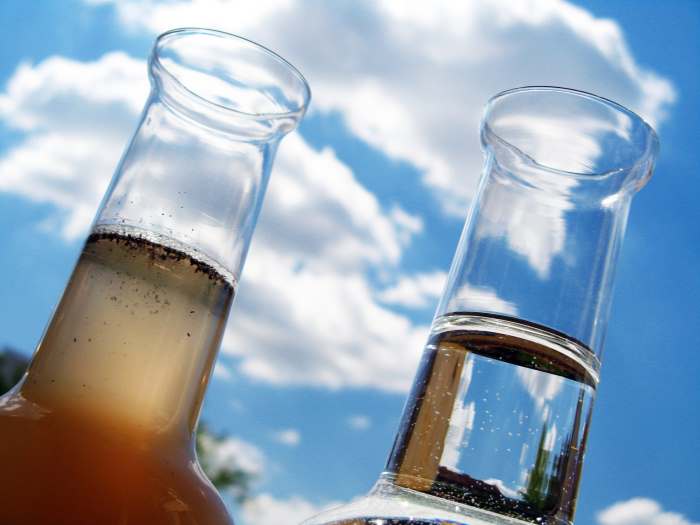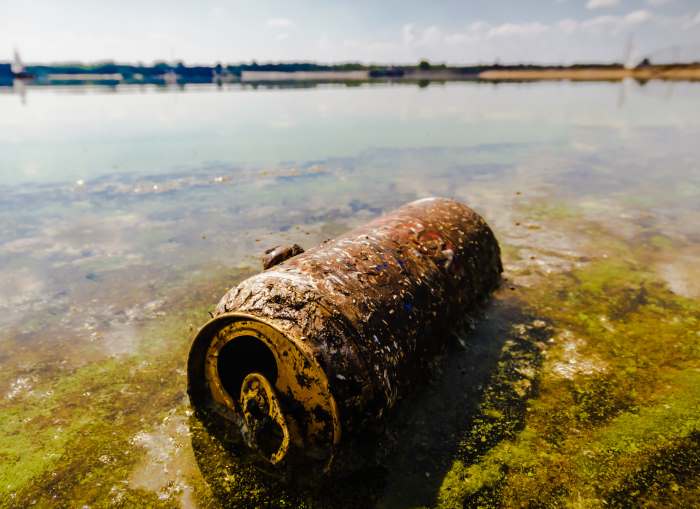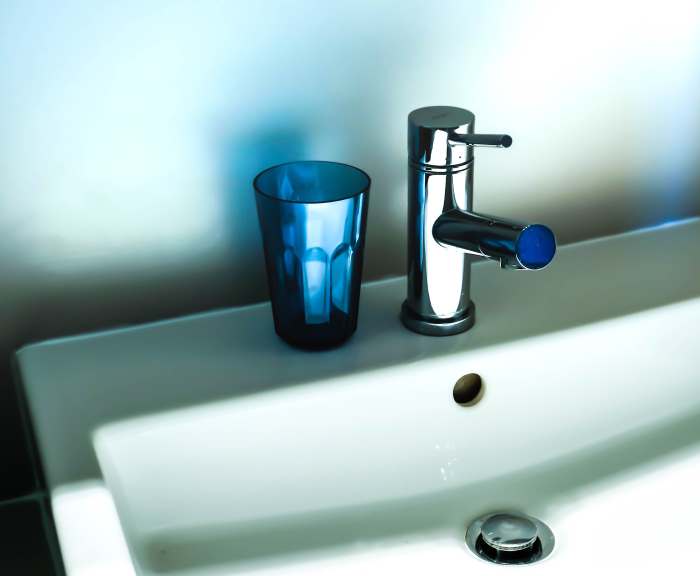Despite what happened in Flint Michigan recently it still makes sense to trust that your tap and drinking water is generally safe, right?
Yes and no.
Let’s take a quick look back at what happened in Flint.

“Due to insufficient water treatment, over 100,000 residents were potentially exposed to high levels of lead in the drinking water. A federal state of emergency was declared in January 2016 and Flint residents were instructed to use only bottled or filtered water for drinking, cooking, cleaning, and bathing. “
Source: wikipedia.com
Imagine, Lead Contamination of Your Tap Water
“Officials failed to apply corrosion inhibitors to the water. As a result, there was a series of problems that culminated with lead contamination, creating a serious public health danger … lead from aging pipes leached into the water supply, leading to extremely elevated levels of the heavy metal neurotoxin.
In Flint, between 6,000 and 12,000 children have been exposed to drinking water with high levels of lead and they may experience a range of serious health problems.”
The water quality was okay when it left the source, but as it traveled from the reservoir to the residents, it leached lead from the decaying pipes and it contaminated the water.
No Worries, The Safe Water Drinking Act Protects Us
In the USA, the Safe Water Drinking Act is a law that regulates water quality. However, the act only regulates 91 contaminates.
Compare that to the 60,000 chemicals that are used in the USA, all of which can potentially find their way into source water supplies.
And that was before Donald Trump came into office in January of 2017. Now, we are seeing quotes like this from the reputable Scientific American website:
“On February 28, Trump ordered a review of the Clean Water Rule, with the aim of rolling it back… Specifically, his executive order… would likely cut protections for many wetlands and smaller streams that help keep U.S. waters clean.”
Prescription Drugs in your Tap Water?

There are over 4 billion prescriptions filled every year in the United States. The average American adult has 13 rounds of prescription drugs a year. Where do all those drugs go?
They are excreted in the urine, stool, or leftovers are tossed into the garbage of flushed down the toilet. Eventually making their way into municipal water supplies.
“When Health Canada sampled tap water across Canada, researchers found what they expected to find, traces of drugs in drinking water that comes from rivers and lakes…”
“Last year, a group of researchers detected drugs in the Great Lakes at levels high enough to be “of environmental concern,” according to a study that found traces of acetaminophen, codeine, antibiotics, hormones, steroids, and anti-epileptic compounds, and dozens of other chemicals.”
Source: cbc.ca
Many of these substances are water-soluble with no color, no taste, and no odor, meaning you could be consuming them for years and not even know it.
At Least We Don’t have to Worry about Bacteria in the Tap Water, Right?

True, for the most part. Most municipalities use chlorine to kill bacteria that comes from sewage and other sources which may have made its way into drinking water.
Chlorine, just like bleach, when added to water is effective at killing bacteria. However, it kills all bacteria.
When we drink tap water that contains chlorine, it also kills the health-enabling bacteria that live in our guts.
Having an imbalance of healthy bacteria in our digestive system has been linked to depression, obesity, and autism. All three health challenges are spreading rapidly in our society.
It Gets Much Worse – Like Cancer
The good news is that disinfection of drinking water, for example by chlorine, has reduced the number of waterborne diseases dramatically.
However, this decrease in waterborne organic toxins comes with a high price.
“Fourteen to sixteen percent of bladder cancer cases is caused by disinfection byproducts”
Source: lenntech.com
Chlorine combines with organic material in the water and in your body to form disinfection byproducts – like trihalomethane. These are dangerous because they increase cancer risk or even directly cause cancer.
What Does it All Mean for You?

In short, no one believes the government is reckless or negligent with respect to public health when it comes to tap and drinking water safety for their citizens. (Although, as you can imagine, there have been lawsuits from what happened in Flint.)
The system of sourcing, purifying and delivering tap water is incredibly complex.
It is nearly impossible to be certain of what’s in your tap water.
With ever-increasing numbers of potential contaminants, tighter budgets and aging infrastructure the job of guaranteeing clean and healthy drinking water to its citizens, for any municipality, has become nearly impossible.
Best Water has been helping people drink clean healthy water since 1999.
Call one of our water experts toll-free at 877-770-5247 and they’ll be happy to talk to you about the best options for clean water in your area. Or browse all of our healthy water products.
___TVE_SHORTCODE_RAW__<p> </p><p> </p>__TVE_SHORTCODE_RAW___
